Introduction: Hello gardeners and flower farmers, today we are back with a wonderful information on high yield flowers for maximum profit.Flower farming is also known as floriculture. Flowers are a perfect backyard cash crop, as they create quickly, are easy to grow and provide an income all summer long. Also, startup costs are low, as most gardeners already have the basic gardening tools needed, and have to buy seeds to get started.
A step by step guide to high yield flowers
Generally, growing cut flowers are profitable in commercial flower farming. Because cut flowers are the special kind of flowers for use in the preparation of bouquets, floral arrangements, worship and social occasions. Farming flowers are highly perishable items. So you should have a ready market for selling the flowers. Additionally, you should establish a cut flower farm with several other facilities. These are good harvesting, post-harvest management, calling, packaging, storage, and proper transportation
Production areas
The estimated area under flower farming in the country is about 65,000 hectares. The main flower growing states are Karnataka, Tamil Nadu and Andhra Pradesh in the South, West Bengal in the East, Maharashtra in the West and Rajasthan, Delhi and Haryana in the North.
More than two-thirds of this area are devoted to the production of traditional flower plants, which are marketed loose that are marigold, jasmine, chrysanthemum, and tuberose, etc. The area under cut flower crops used for bouquets, etc has grown in recent years, with growing affluence and people’s interest in using flowers as gifts. The main flowers in this category are rose, gladiolus, tuberose, carnation, orchids and more recently lilies, gerbera, chrysanthemum, gypsophila, etc.
The best perennials flowers are;
Achillea, Allium, Chrysanthemum Leucanthemum, Lavandula, and Veronica Longifolia are some of the most highly-recommended perennials.
The best annuals flowers are;
Some of the best annuals to grow to include Antirrhinum, Celosia, Helianthus Annuus, Godetia and Salvia.
Choose the flowers that you want to cultivate successfully
People choose to grow the flowers for cultivation that have great demand in the market during all the seasons. Your main aim is to earn profits, irrespective of the flower you grow in fields. You may or may not like certain flowers, but if they have a great demand in the market, then you want to grow those flowers in your garden. Analyze the manpower you need for your flower cultivation and also understand the issues in this type of business.
Soil fertility for flower farming
Field production of flowers, particularly annual plants requires many of the same soil fertility management practices as the production of vegetables and other outdoor crops. The major goal is to maintain proper fertility to produce a good yield of high-quality flowers for summer sales. Another goal is to keep soil healthy and avoid environmental contamination by using fertilizers responsibly.
Adequate nitrogen (N) is critical for flower production. A nitrogen deficiency will result in poor plant growth, a reduction in flower yield, and the appearance of foliar chlorosis. Too much nitrogen may result in too much vegetative growth, cause weak stems, and delay flowering.
The effects of phosphorus (P) on flower production are less obvious than the effects of nitrogen. A phosphorus deficiency may result in smaller plants and shorter flowering stems, but foliar symptoms may not be apparent.
Potassium (K) deficiency causes marginal chlorosis and burning on the lower plant leaves first. Unless the deficiency is serious it may not affect the leaves on the flowering stems, but it could reduce overall yield. Potassium deficiency is most likely to happen on sandy soils low in clay and organic matter.
List of high yield flowers
Some of the high yield flowers can be given below;
Roses
Roses are the beautiful flowers in the world and the agro-climatic condition of India is also suitable for rose farming. Additionally, there are several rose varieties you can grow for profits. Though, you can go for a greenhouse option for quality rose production as the cut flower. Rose flowers grow well in the plains under the ideal condition of fertile loamy soils with salt-free irrigation water.
You should not miss the High Yield Vegetable Crops.
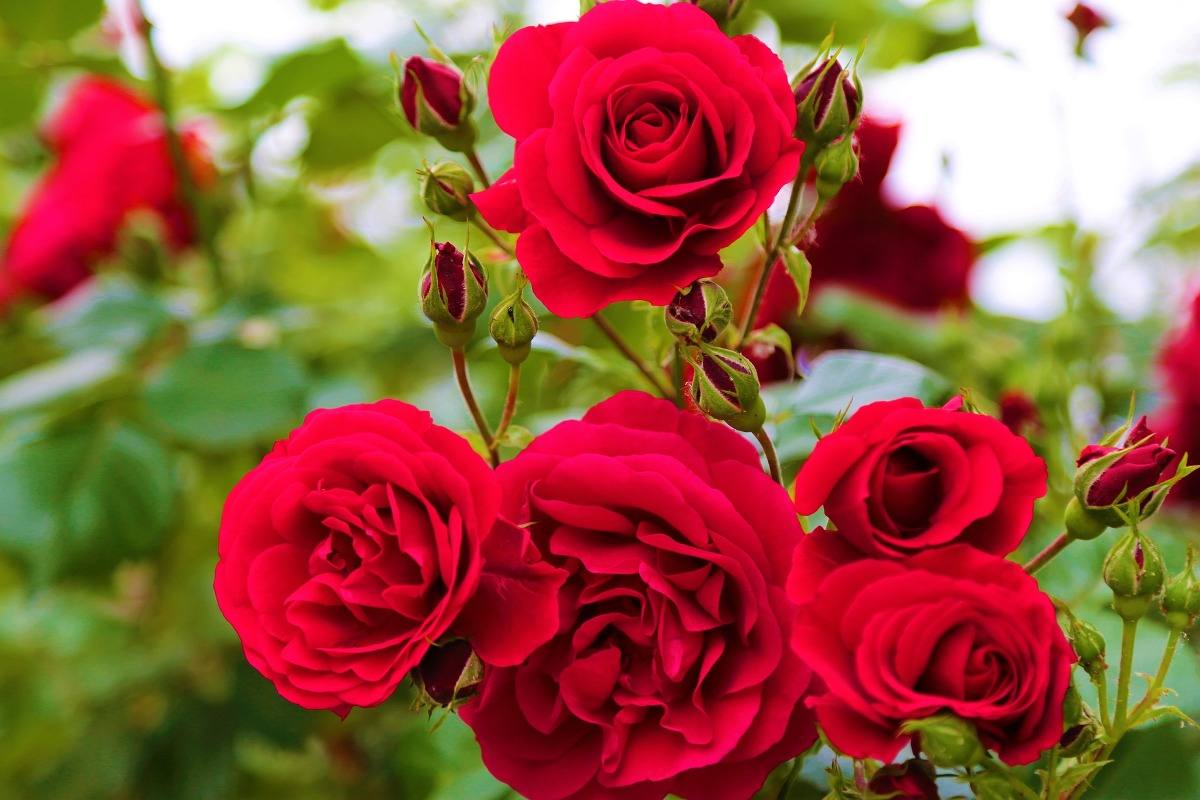
Well-drained sandy loam with a pH level of 6-7 is suitable. Bright sunshine for a minimum of 6 hours is necessary for the cultivation of roses. Irrigation is done once in two days until plants establish and once a week thereafter. Avoid saltwater for irrigation. The best time of pruning rose is the period when the activity of the rose plant is least and the plant is dormant to near dormant stage. Pruning time in rose will depend on climatic conditions of the particular region and the vigorous past season shoots are cut back to half the length. All the weak, diseased, crisscrossing and unproductive shoots are removed in the time of pruning.
Yield – About 10 lakh flowers/ha/year can be obtained in rose cultivation.
Chrysanthemum
The Chrysanthemum flowers bloom in several forms. Additionally, chrysanthemum flower blooms come in a huge variety of shapes and sizes and a wide range of colors. The Chrysanthemum flower comes with different colors like yellow, white, purple, and red. Also, chrysanthemum plants flower in about 3 months after sowing. Thus, you can expect a quick return from this cut flower. Also, the flower has a long flowering period. Red loamy soil having a good drainage system is good for Chrysanthemum cultivation. Soil having pH level 6-7 is good for cultivation. The young plants need frequent watering in summer but less during the rains. Over-watering must be avoided. The propagation of the chrysanthemum plant is mainly done through root suckers and the terminal stem cutting method.
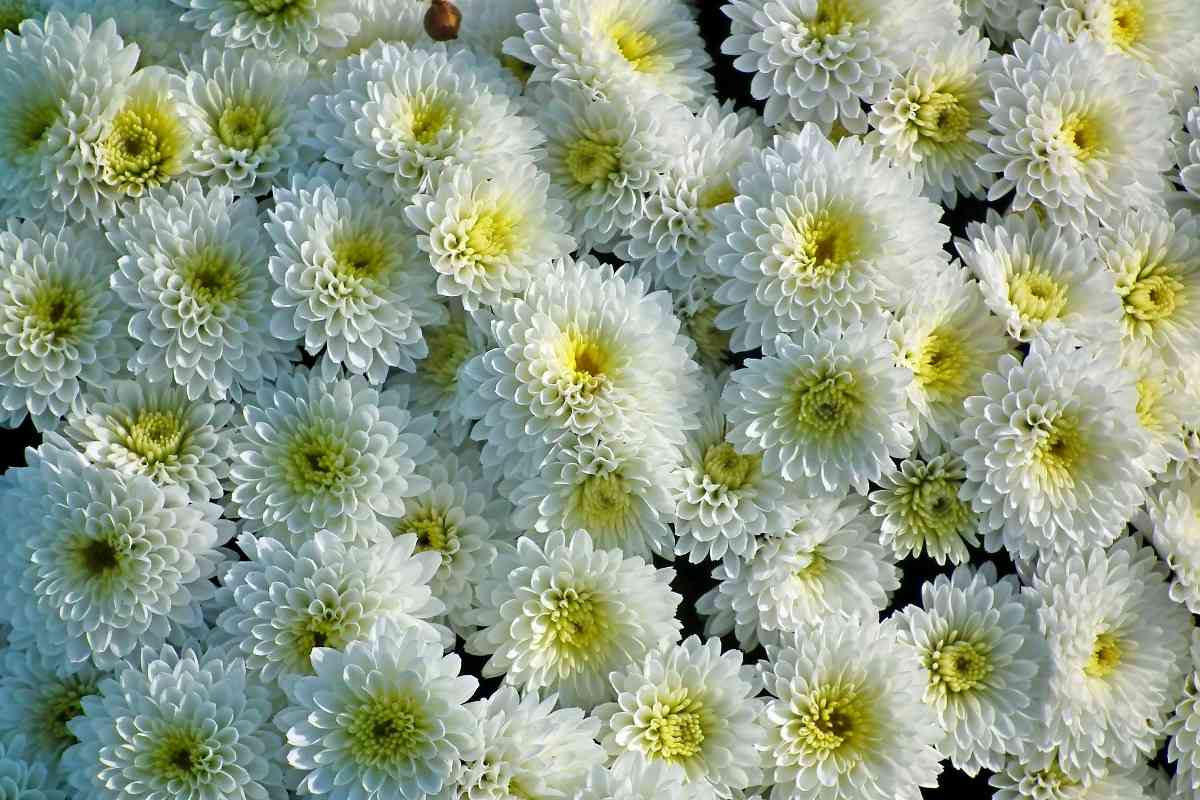
Yield – It gives an average yield of 15-50qtl flowers/acre.
Carnation
Carnation is one of the most popular decorative flowers in India and you can also avail financial assistance from the NABARD scheme. Though, if you want to export the flowers, you must grow under the greenhouse condition. Also, you can grow carnation in a raised bed of soil. Carnations crop grow in every climate. In temperate zones mostly in glasshouses, in subtropical places, in polyhouse structure and glasshouses. Carnations cultivation could be a success in any kind of soil, but the soil should be well-drained. Temperature is an important factor that affects the development and flowering of carnation. The perfect environment for carnation production wants to have a cold but steady temperature, low humidity and long days with high light intensity.
You may also like the Marigold Seed Germination.
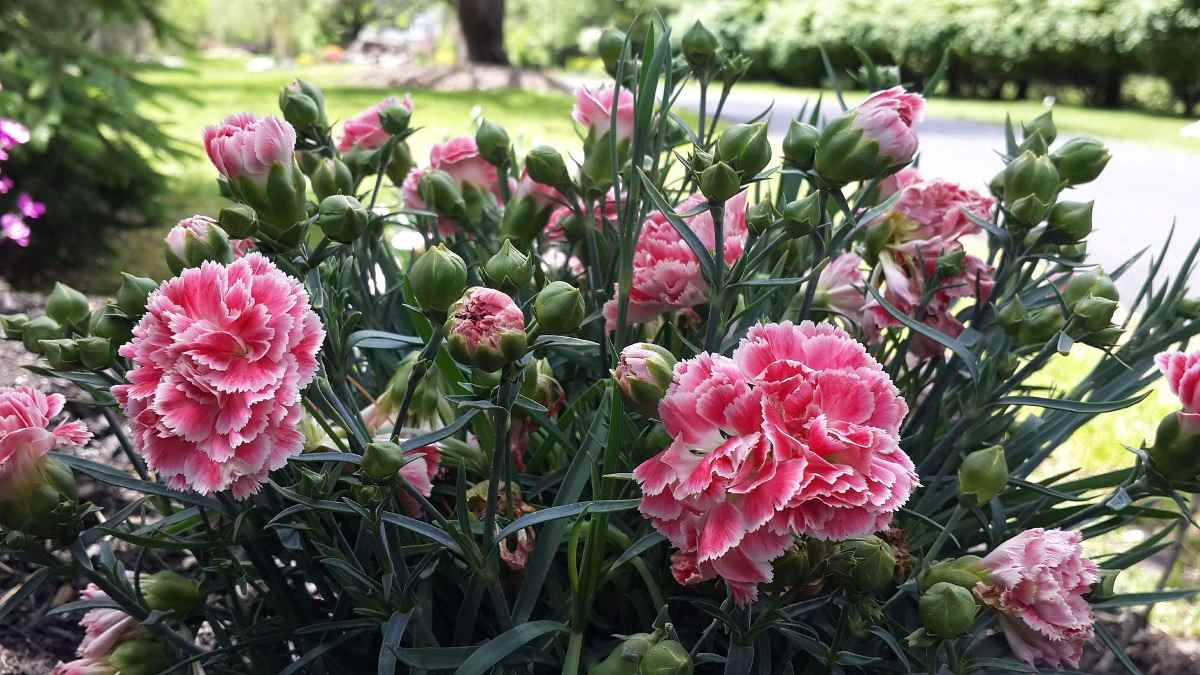
Yield – An average yield of 300 to 400 flower/sq. can be obtained.
Lily
Lily flowers come in different shapes, sizes, and colors. Lilies are popular flowers for gifting purposes. The acidity of the soil should be about neutral, pH level will be 6 to 7. For some lilies, it will be essential to adjust the soil pH with lime to raise the alkalinity. Other soils can need humus added, which tends to make soil more acid, but pH level 7 will suit most lilies and there should be little need to alter it. As a general rule, lily flowers enjoy cold winters and warm summers but dislike heavy humid weather.
Generally, Lilies can be multiplied through seeds, scales, bulblets, and bulbils. The tissue culture method is used for large scale multiplication and lilies are commonly multiplied by the division of bulblets formed on the stem of most lilies just below the ground level.
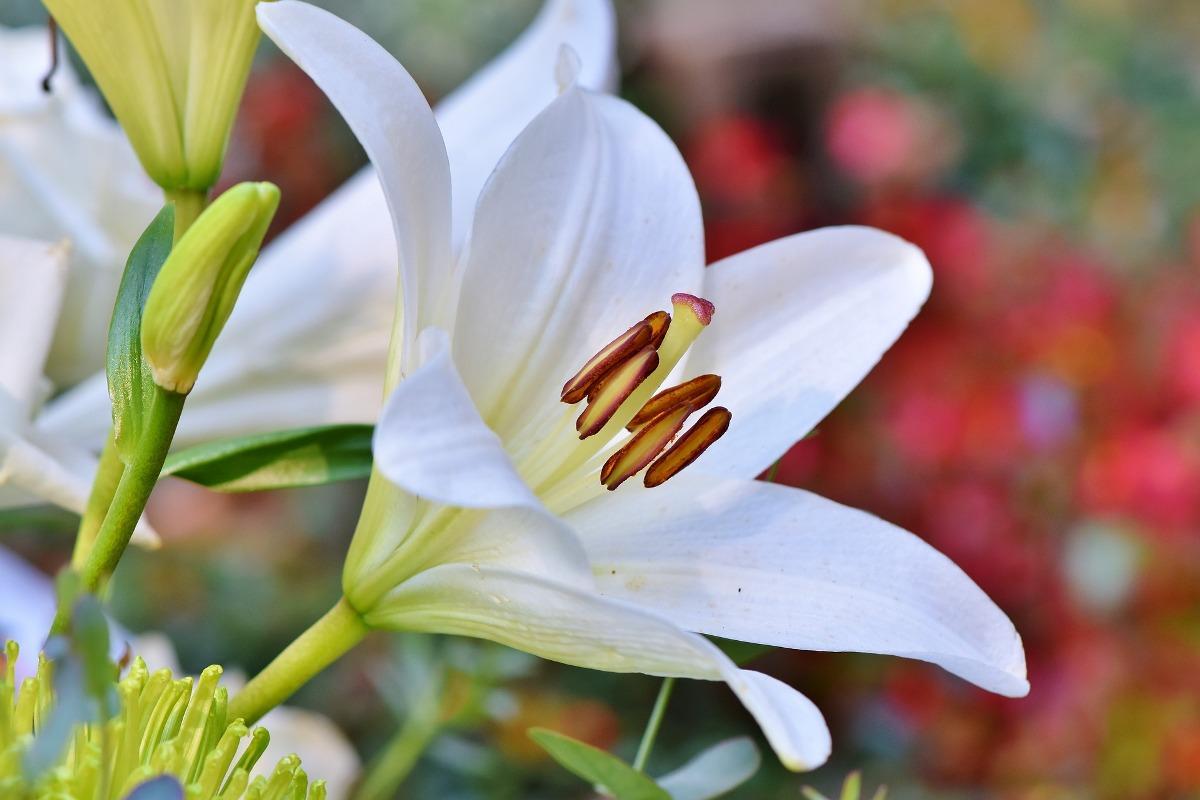
Yield – In initial years, the lily yield is low and gradually increases year by year. The first two years about 100 kg per acre but after 3 years 200 to300 kg of dried seeds per acre can be achieved in well-maintained fields.
Gerbera
Gerbera flower can give high returns if planned and maintained well. Gerbera flower farming needs rich, well-drained soil. The Gerbera plant roots measure up to 70 cm in length. Therefore the soil should be easily penetrable and highly porous. Better penetration promotes root growth and indirectly affect plant growth.
Gerbera flower is one of the most important cut-flowers, successfully grown under semi-controlled conditions in several parts of India and meeting the requirements of various markets. This success is mainly due to the wide range in color and shape of the flower. Gerberas are obtainable in a massive array of colors. Gerbera cultivated from seeds. However, you should procure the seeds from the reputed seed suppliers. Even, you can produce seedlings in small pots.
You may also consider the Polyhouse Garlic Farming.
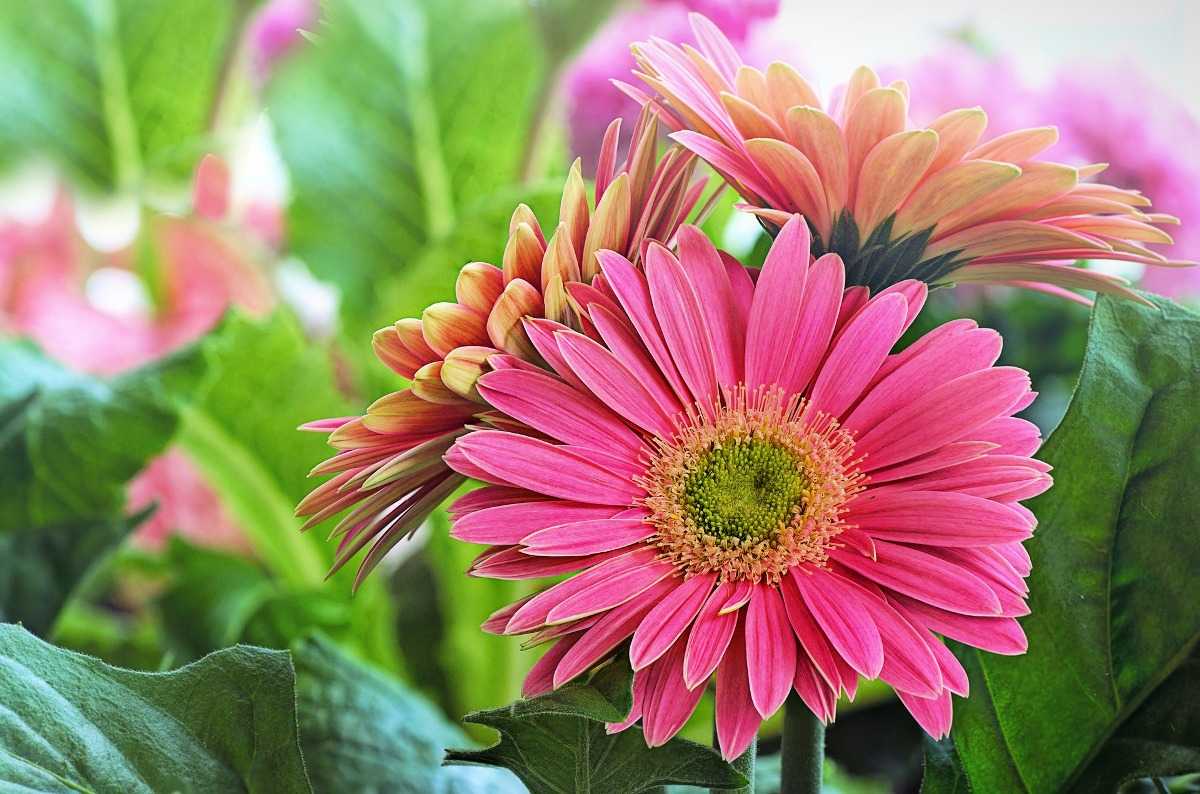
Yield – The Gerbera crop yields 2 stems/plant/ month. Harvest starts from 3rd month of planting and continued up to 2 years. Under the open condition, 130 to 160 flowers / m2 / year and under greenhouse condition, 175 to 200 flowers /m2/ year can be obtained.
Gladiolus is a popular bulbous ornamental plant. Its magnificent inflorescence with florets of dazzling colors, varying sizes, and long keeping quality makes it an attractive cut flower. Gladiolus spikes can be kept in the vases for 8 to 10 days depending on the variety and the ambient conditions prevailing in the room. Gladiolus can be developed in a wide range of soil varying from light sandy to clay loam soils. However deep (at least 30 cm), well-drained, friable soils rich in organic matter and nutrients are suitable for Gladiolus cultivation. The pH must be slightly acidic in the range of 5.5-6.5.
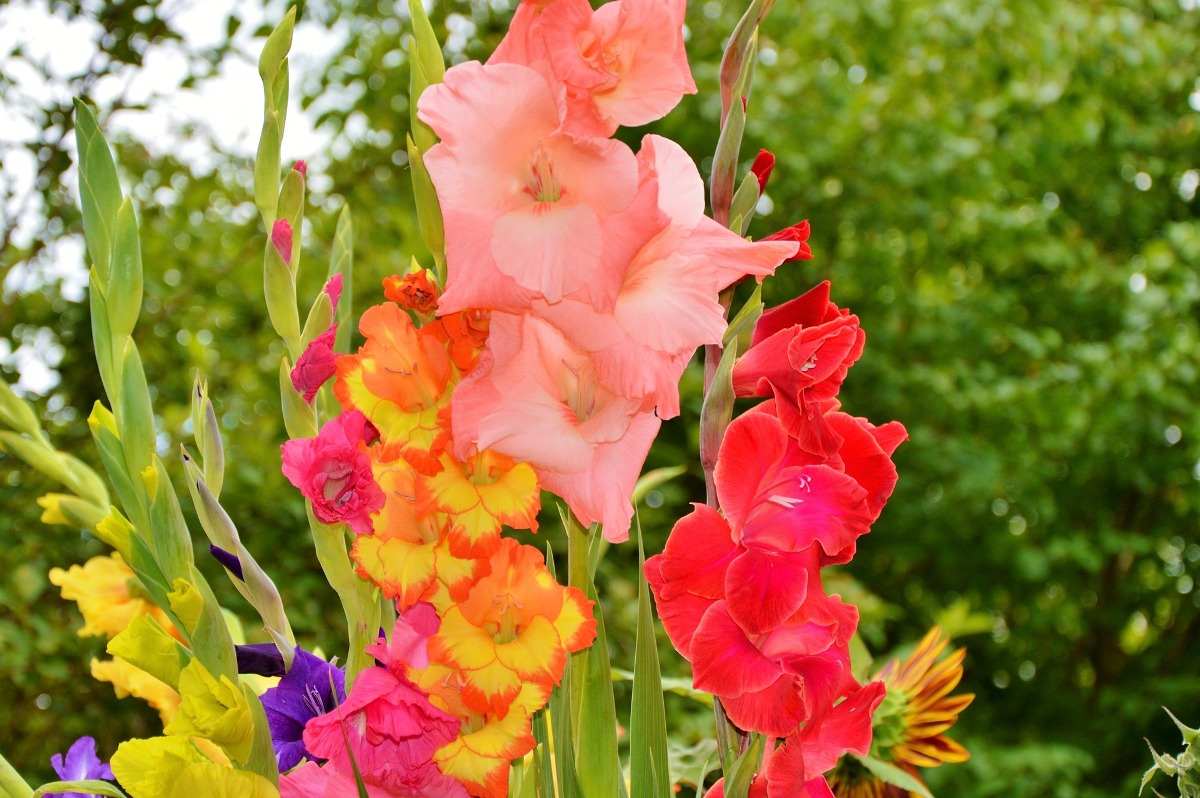
Yield – Accordingly the Gladiolus yield per acre would be around 80000 spikes. Though, only 90 % of the spikes are considered as saleable in this model. The cormel yield varies from 1.5 – 2.5 quintals per acre depending on flower variety, depth of planting, etc.
Anthurium
Anthurium plant is a tropical ornamental plant and Anthurium cultivated for its colorful, long-lasting flowers or the attractive foliage. They have gained importance as the main cut flowers of the modern world.
Anthurium is a tropical plant hence humid and Moderate temperature condition is appropriate for anthurium plant. The ideal temperature for growing anthurium is ranging from 27 to 30°C in the daytime and 10 to 20°C at night time. Avoid Anthurium cultivation where temperatures are lower than 15°C and above temperature 35°C.
The Anthurium plants are watered twice daily during summer and once in rainy depending on environmental conditions. Even water was sprinkled twice a day over the paths in-between the beds to keep the humidity. The temperature and relative humidity maintained under the greenhouse are 20 to 28°C and 60-80% respectively with the help of fogger and shade net. The Anthurium flowers were harvested after the unfolding of the spathe was complete. They were harvested in the morning time and were cut with anthurium long stalks.
Incase if you miss the Annual and Perennial Difference.
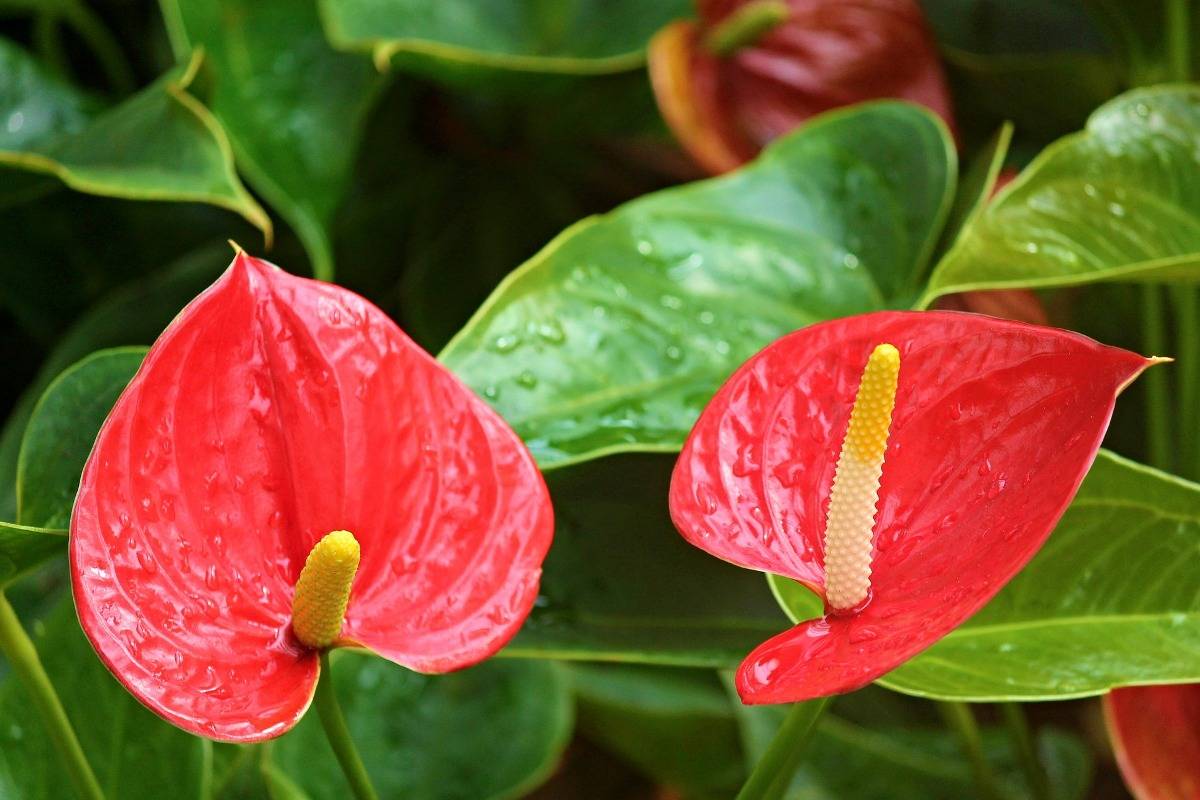
Yield – An average of 8 flowers/plant/year can be obtained in Anthurium cultivation.
Sunflowers
Sunflower plants grow best on well-drained, high water-holding capacity soils with a neutral pH (pH 6.5-7.5). The optimum soil classifications for sunflowers are loam, silty loam, and silty clay loam soils. This Sunflower crop requires a cool climate during germination and seedling growth. The seed rate is 8 to 10kg of well-filled seeds per hectare. For controlling seed-borne fungal, seed treatment with either Brassical or Captan @3g per kg of seed is recommended. The pre-soaking of seed for 12 to 24 hours ensures a rapid and high percentage of germination, early emergence, and establishment of the crop. The Sunflower seed is drilled at a depth of 5cm by adopting a spacing of 45cm between rows and 30cm between plants in the row.
Sunflowers have deep tap roots that can get water and nutrients 5 to 6 feet (1.5 to 1.8 meters) deep in the soil. Depending upon soil type, weather condition, generally 9 to 10 irrigation are required to crop. Apply the first irrigation one month after crop sowing. When the crop is at 50% flowering, a soft and hard dough period is critical for irrigation.
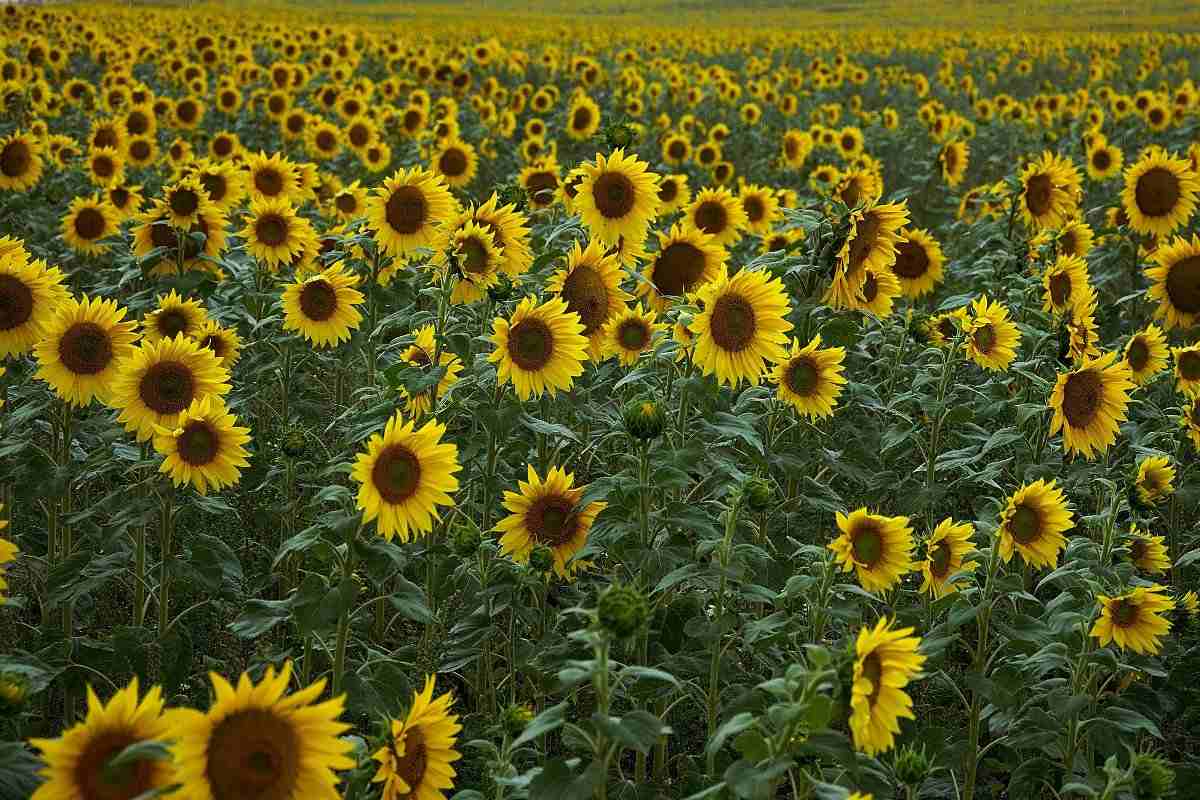
Yield – Approximately farmer can get a yield of 8 to 9 quintals from one acre of Sunflower field.
Jasmine
Jasmine plants can be grown on a wide range of soils. Well-drained, rich loamy soil with a pH ranging from 6.5 to 7.5 is ideal for their cultivation. Jasmine plant prefers mild and tropical climate. Jasmine is a commercially grown flower in India under open field conditions. The ideal requirements for the successful cultivation of jasmine flowers are mild winter, warm summer, moderate rainfall and sunny days.
Adequate moisture in the soil is essential for proper growth and flowering in jasmines. Jasmine plants are irrigated by flooding once a week in the summer months. After flowering, no irrigation is normally necessary until after the next pruning and manuring. Weed growth within the jasmine crop competes with the major crop for nutrients. Therefore it is necessary to remove the weeds at the appropriate time. Generally, irrigation is stopped before pruning and plants are pruned to half their original length. All the plant leaves are stripped off after pruning. Pruning is done during mid of December to mid-January results in a maximum number of branches and higher yield of jasmine flowers.
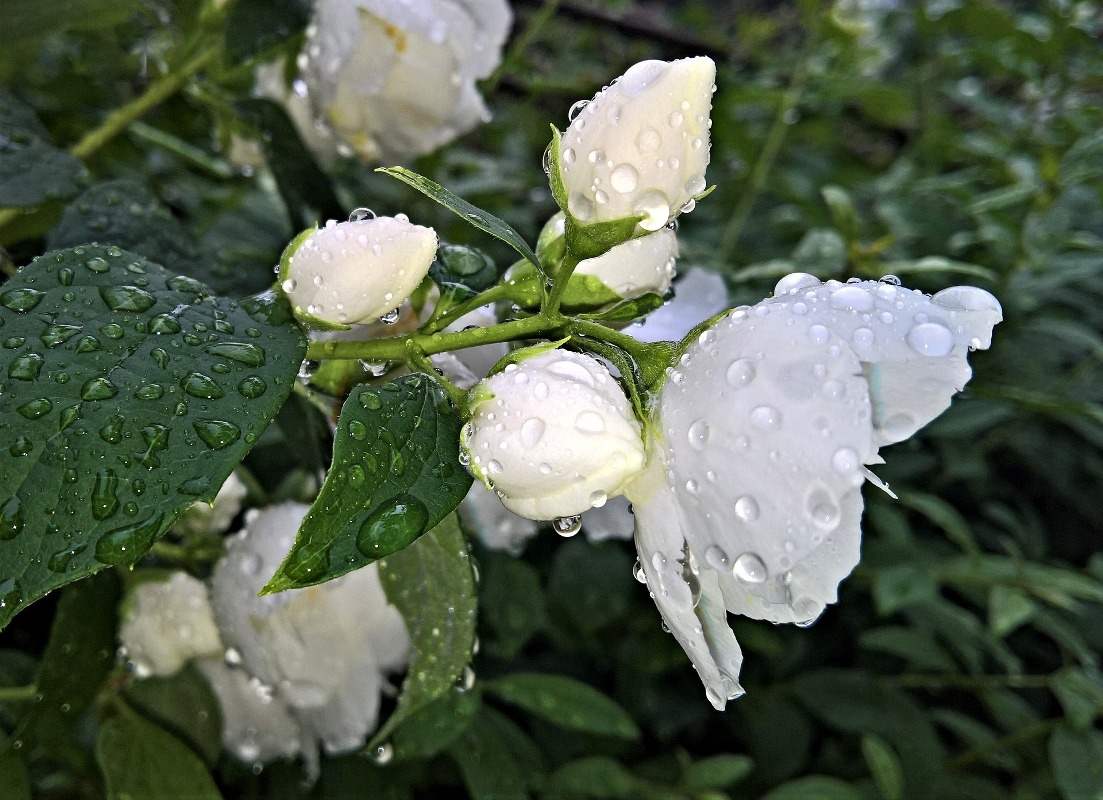
Yield – One acre of land can hold 2,000 to 3,000 jasmine plants. In the first year of plant growth, jasmine farmers can harvest up to 800 kg of flowers per acre.
You may be interested in Potting Soil Mix for Flowers.
I am PG in agriculture and executing 100 acres of land. Please help me in farming systems for selection and production